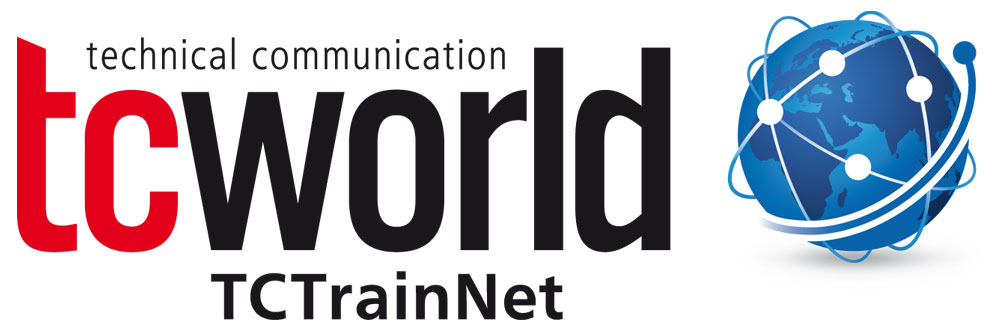With Version 1.3 (2015), DITA was divided into three parts. As a result, the part "Technical Content Edition" now contains only 216 language elements, which will probably be sufficient for most applications in the area of technical documentation. When v1.2 was extended to v1.3, the available structural elements for the topical area “Learning and Training” were significantly expanded, in addition to including structural elements for mechanical engineering, such as e.g. the “Machinery Task Topic”. This expansion, however, does not allow sufficient specialization for this documentation focus, such that DITA v1.3 remains specialized in the software industry.
The clear information architecture of DITA can be illustrated using the following example elements (selection):
- bookmap, map... (elements for grouping topics)
- topic, task, concept, reference, glossary... (topic types)
- title, body, section, prolog, metadata... (structure tags for distinguishing within topics)
- conref (element for referencing and recycling information)
The potential specialization of the DITA structure, i.e. adapting to the needs of a specific specialization in technical documentation, mainly aims at reducing existing structures:
If the entire scope of the available tags and their attributes is not needed for a standardized structure, specialization through constraint is carried out. Here, the constrained set of tags and attributes is set in a mod file and processed during runtime by the interpreter/editing system.
If the scope of the available tags and their attributes is expanded for a standardized structure (e.g. topic), this involves adapting the XML transformation used.



